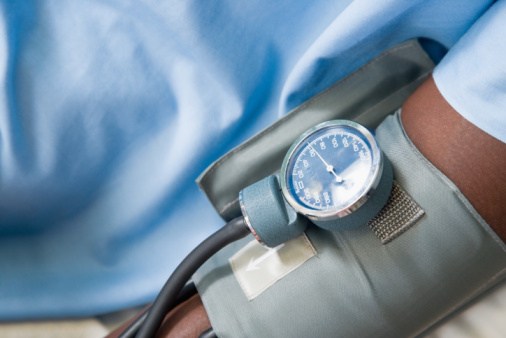
Home blood pressure monitoring devices can save money by improving healthcare quality and reducing healthcare costs, according to a new study funded by the American Heart Association.
According to the researchers, more than 76 million adults have diagnosed hypertension and many more are undiagnosed. Home monitoring devices let people with high blood pressure or who are at risk for the condition test at regular intervals.
The study authors reviewed 2008-11 data from two health insurance plans–a private employee plan with 25,478 members, and the other a Medicare Advantage plan with 8,253 members (In both plans, most of the members were female.). High blood pressure affected 6 percent of the employee plan’s members ages 20-44 and 34 percent of those 45-64. In the Medicare plan, in which members were 65 and older, 60 percent had high blood pressure. Depending on the insurance plan and age-group, net savings associated with home blood pressure monitoring ranged from $33 to $166 per member in the first year, and $415 to $1,364 over 10 years.
The researchers found reasons for the savings differed by age groups. In people 65 and older, home monitoring saved more money when used to track high blood pressure treatment, by helping people avoid future adverse cardiovascular events. In people younger than 65, savings were higher in diagnostic use of the monitors with fewer false positive diagnoses and fewer people starting unnecessary treatment.
“Home blood pressure monitors should be reimbursed, widely adopted across America and integrated into current clinical practice for diagnosis and treatment of hypertension,” said Alejandro Arrieta, Ph.D., the study’s lead author and assistant professor in the Department of Health Policy and Management at Florida International University in Miami.
“By improving the accuracy of their blood pressure assessment and by monitoring their blood pressures outside the clinic setting, patients help themselves, help their physicians and save money for insurance companies,” Arrieta said.





